Working principle of the plantar pressure distribution system
The plantar pressure distribution system uses a high-precision sensor array to capture the pressure data of each area of the sole in real time, and combines dynamic motion analysis technology to quantitatively evaluate the force characteristics and gait patterns of the foot. Its core principles can be divided into the following key links:
1. Sensor technology
Sensor type:
Piezo-resistive sensor: Utilizes the characteristic that the resistance value changes with pressure to detect the pressure intensity through conductive materials or flexible films.
Capacitive sensor: Based on the change in capacitance caused by the change in electrode spacing, it realizes contactless pressure measurement with high sensitivity and strong anti-interference.
Fiber optic sensor: Detects pressure distribution through changes in optical signals, suitable for high-dynamic scenarios (such as high-speed running).
Sensor layout:
The system has hundreds of micro sensors built in (usually arranged in a grid), densely covering the sole contact surface, ensuring high-resolution detection of pressure distribution (up to 1-2 per cm² per unit area)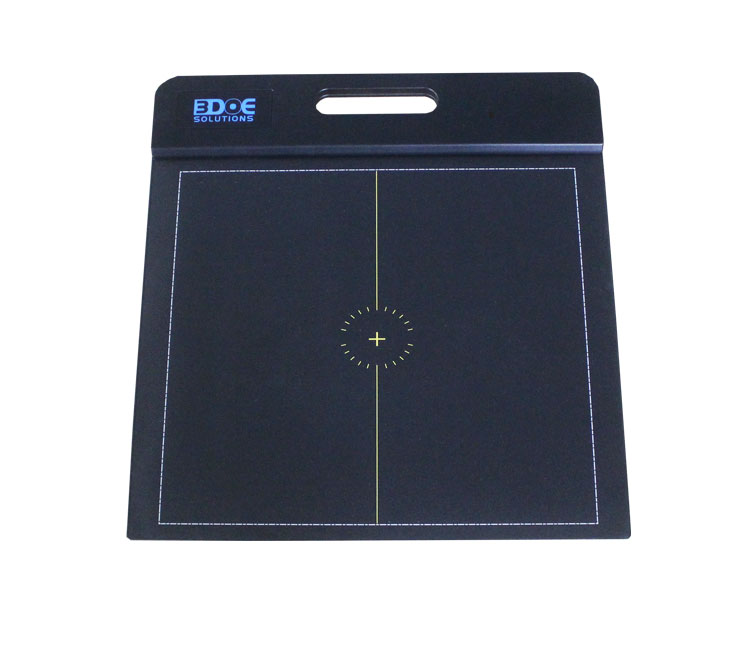
2. Data acquisition and signal processing
Static pressure measurement :
When the user is standing, the system collects static pressure distribution on the sole of the foot, identifies the arch shape, center of gravity position and pressure concentration area (such as heel or forefoot).
Dynamic pressure tracking :
During walking or running, the sensor continuously records pressure changes at a millisecond frequency (usually ≥100Hz) to capture the complete gait cycle from foot contact to ground departure (including heel contact, mid-stance, push-off, etc.).
Signal conversion :
The electrical signal (such as voltage or current) output by the sensor is amplified and filtered, and then converted into a digital signal through an analog-to-digital converter (ADC) and input into a computer or dedicated analysis software.
3. Dynamic gait analysis
Pressure heat map generation :
The system maps pressure data into a color heat map, intuitively displays the high pressure area (red/yellow) and low pressure area (blue/green) on the sole of the foot, and assists in identifying abnormal force patterns (such as excessive lateral pressure due to inversion of the foot).
Key parameter extraction:
Peak pressure: the maximum instantaneous pressure value on the sole of the foot (commonly found on the heel or forefoot).
Center of Pressure (COP): the path of movement of the center of pressure on the sole of the foot during movement, reflecting gait stability and balance ability.
Contact time: the contact time between each area of the foot and the ground (such as the proportion of heel contact time).
Gait symmetry: the difference in pressure distribution between the left and right feet, used to assess the risk of lameness or sports injuries.
4. Data processing and modeling
Three-dimensional mechanical modeling:
Combined with the anatomical structure of the foot, a correlation model between plantar pressure and bone, muscle, and ligament stress is established to predict the load on the ankle joint and the risk of sports injuries.
AI algorithm assistance:
Some systems integrate machine learning models to automatically identify abnormal gait patterns (such as the characteristics of neuropathy in diabetic foot) or predict the progression of the disease through historical data training.
5. Multimodal technology integration
Combined with motion capture :
Synchronize the 3D motion capture system (such as infrared camera or inertial sensor), associate the plantar pressure with the whole body kinematic data (such as knee angle, trunk inclination), and comprehensively analyze the biomechanical characteristics of gait.
Integrate with foot scanning :
Combined with 3D foot morphology data (such as arch height, foot length), realize the dual evaluation of "morphology + function", and provide a basis for personalized insoles or orthotic solutions .
Core advantages
High spatiotemporal resolution : millisecond-level dynamic tracking and millimeter-level spatial accuracy to capture subtle pressure changes.
Non-invasive real-time : No need for markers or complex operations, suitable for multiple scenarios such as clinical and sports fields.
Multi-dimensional analysis : From local pressure to whole body motion chain, support accurate diagnosis and intervention plan design.
Through the plantar pressure distribution system, foot biomechanics research has moved from empirical judgment to data-driven, providing core technical support for medical rehabilitation, sports science and health management

 +86-0755-86131192
+86-0755-86131192 2025-03-28
2025-03-28 Back to list
Back to list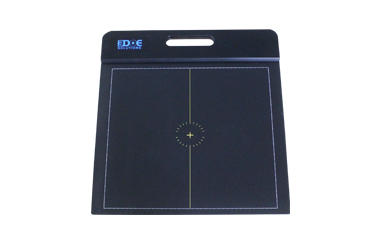
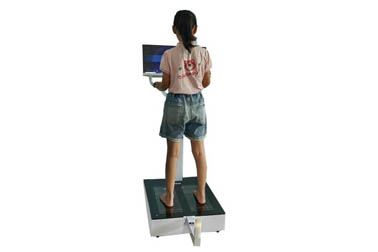
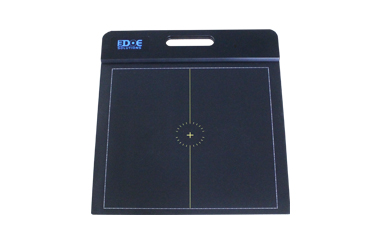
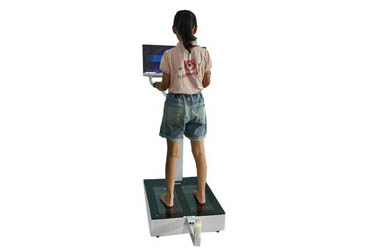
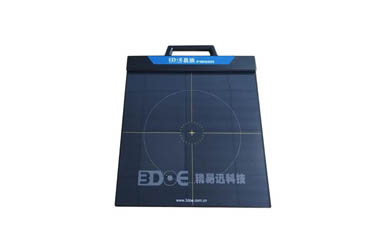
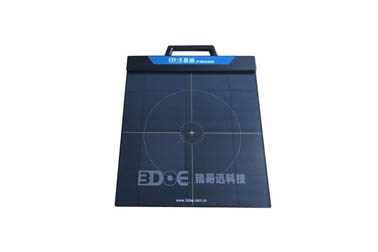



 +86-0755-86131192
+86-0755-86131192